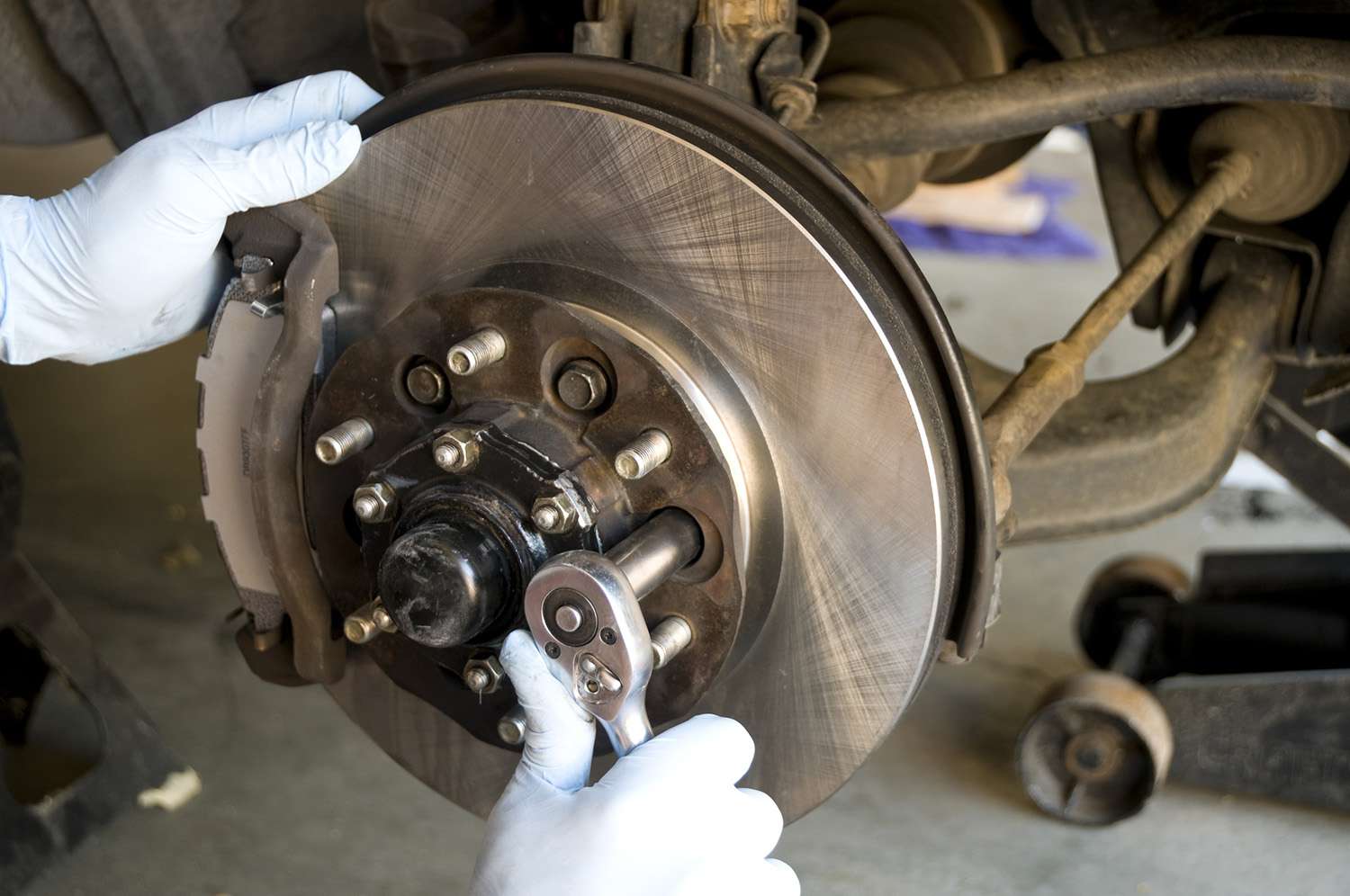
What Are Drum Brakes and How Do They Work
You might not give your car’s brakes much thought until they cause a problem, but there’s a whole world of things happening every time you press the brake pedal. Though most cars today come equipped with disc brakes, many still have drum brakes. That’s even more true for older vehicles, as disc brakes have only become truly ubiquitous in the last couple of decades.
If you think your car has drum brakes, there’s no reason to panic. Just because it’s an older technology doesn’t mean it’s not useful. In fact, even if your recently manufactured car has drum brakes on the rear, it probably has discs up front—where most of the car’s stopping power originates.
Drum brakes do have their limitations, however, so you’ll want to take the time to understand what they are, where they fall short, and what you can do about it. Let The Drive’s editors take you through some of those hoops in this post, and will shed some light on what’s going on when you press the brake pedal.
How Do Drum Brakes Work?
Unlike disc brakes, which use a rotating disc with calipers and pads and which are generally considered to be more effective and safer, drum brakes use a rotating cylinder with brake shoes mounted inside to slow a vehicle.
When the driver presses the brake pedal, brake fluid generates hydraulic pressure and presses brake shoes against the rotating drum. The shoes are made with materials that generate friction, which is what ultimately slows the vehicle.
In the past few decades, disc brakes have overtaken drum brakes as the stopping force of choice for most new vehicle manufacturers. It’s still possible to buy a new car with drum brakes, but they’re generally only used on rear wheels with disc brakes on the front.
What Are The Different Types Of Drum Brakes?
There are three main types of drum brakes:
Leading-Trailing Shoe
In drum braking systems, the leading shoe is one that rotates in the direction of the drum. The trailing shoe is on the other side of the assembly, and pulls away from the rotating surface. Leading-trailing shoe braking systems are just as capable of stopping reverse motion as they are at stopping forward. This type of drum brake is typically used for rear-wheel applications.
Twin-Leading Shoe
Twin-leading shoe braking systems feature two leading shoes that make contact with the drum. These systems operate with what is known as a self-servo effect, in which the shoes only need to be pushed into contact with the drum to be effective. The shoes’ shape, combined with the rotation of the drum, naturally forces them outward into the drum. These systems need powerful springs to pull the shoe back when braking force is not necessary.
Duo-Servo
Duo-servo braking systems are a more advanced version of twin-leading shoe brakes. In this braking system, the two shoes are linked. When the leading shoe is pressed out by the wheel cylinder, the rotating force helps press the secondary shoe into the drum.
That Sounds Fancy. Why Are Disc Brakes Better?
Disc brakes carry several improvements over drum brakes, including:
Temperature Regulation
Brakes generate heat. It’s what they do. Disc brakes are better at dissipating heat and are able to maintain stopping force with repeated use.
Better Wet Performance
Because of their shape, drum brakes are susceptible to water pooling inside, which negatively impacts performance. In disc brake systems, the rotor can’t hold water and the brake pads act almost like a squeegee to wipe away moisture.
Less Likely to Lock
Disc brakes are less likely to lock up under heavy braking, which makes them safer during evasive maneuvers.
Explanation of Drum Brake Terms and Disc Brakes
Get educated.
Disc Brakes
Disc brakes use a caliper and two brake pads to apply pressure to a spinning disc. The caliper squeezes the pads onto the rotor, which generates friction and shows the wheels’ rotation.
Anti-Lock Brakes
Anti-lock brake systems, or ABS, work with the vehicle’s onboard computer to determine when a brake lock situation is about to occur. The system will then cause the brakes to pulse on and off rapidly, which allows the driver to slow the vehicle while remaining in control. If a lockup occurs, the vehicle will continue traveling in the direction it was to begin with.
Friction
Friction, which in the case of brakes is caused by either a brake shoe contacting the drum or a brake pad contacting the rotor. Friction is resistance to motion and generates a considerable amount of heat.
Brake Fade
Brake fade is a condition in which the braking system loses effectiveness, usually due to heat overload. The decrease in braking power is caused by a reduction in the friction generated between the shoes and brake drum.
Brake Fluid
Brake fluid is a liquid that a vehicle’s braking systems use to generate the “pushing” power it needs to squeeze the brake shoes onto the brake drum. Braking systems use brake fluid to generate hydraulic pressure, which helps move components and stop the vehicle.

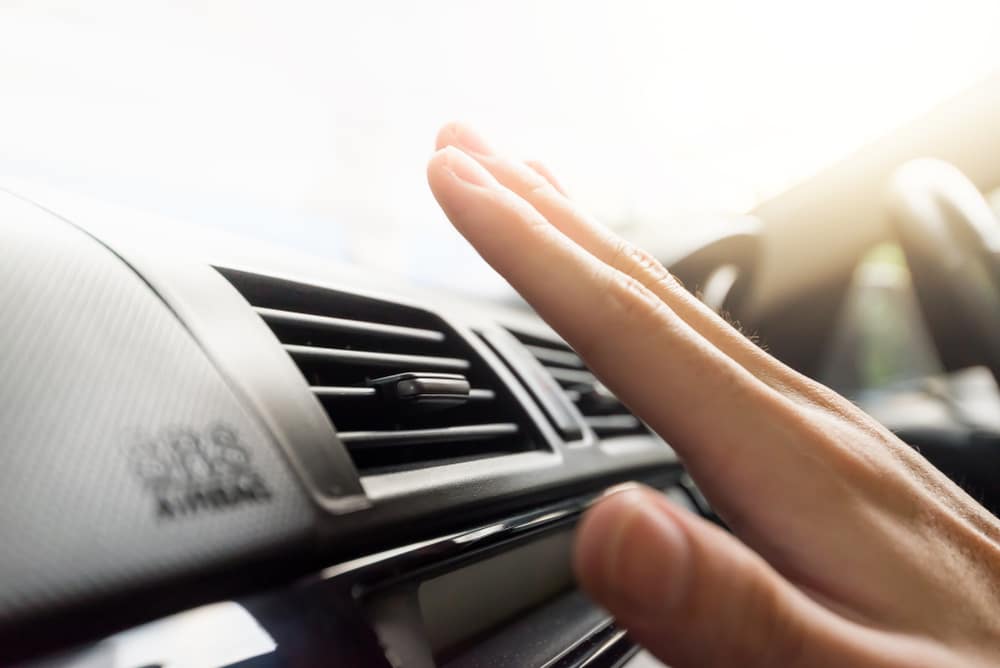
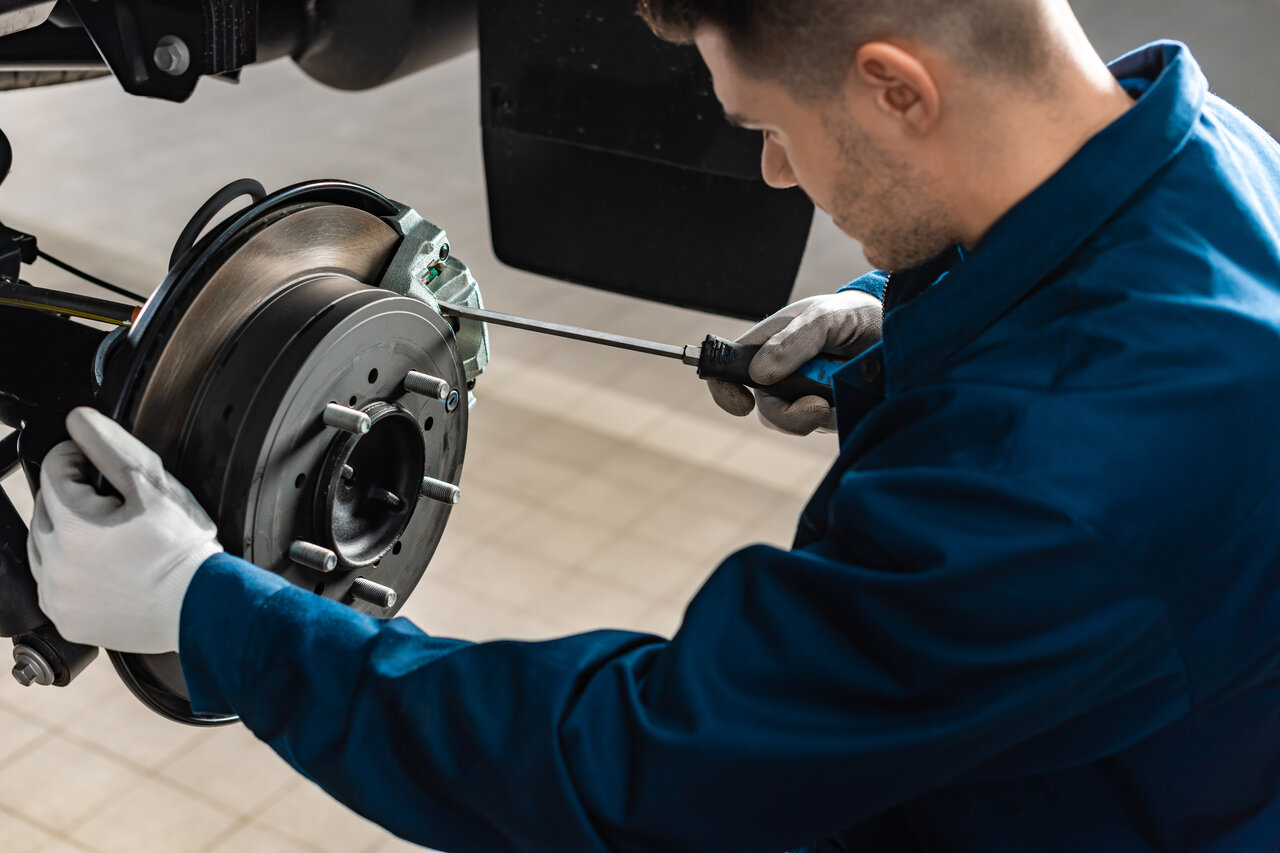
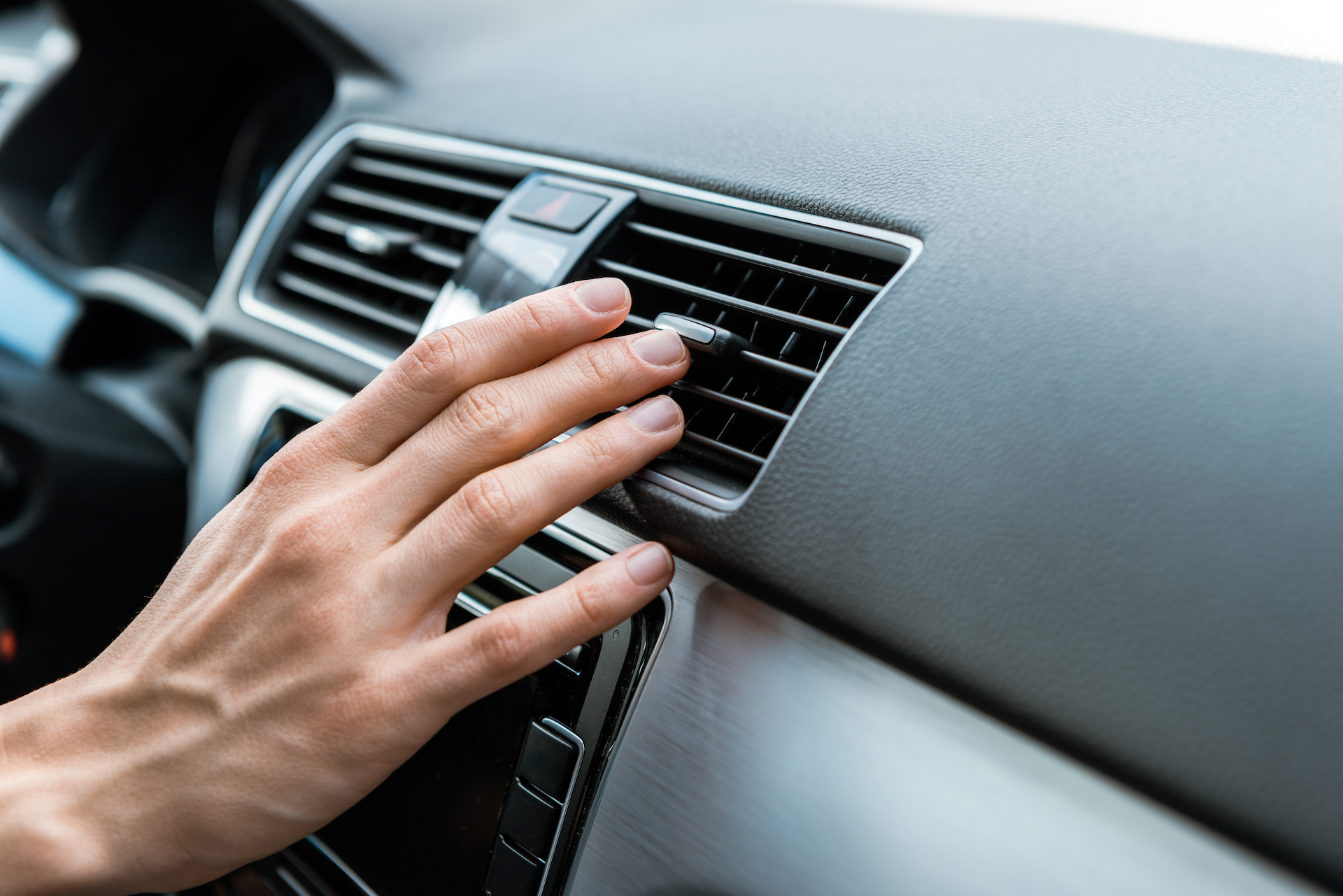
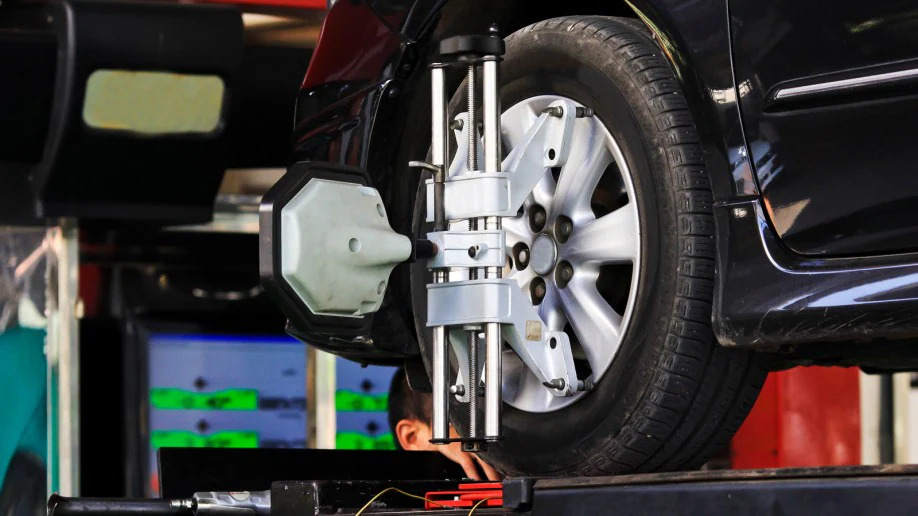
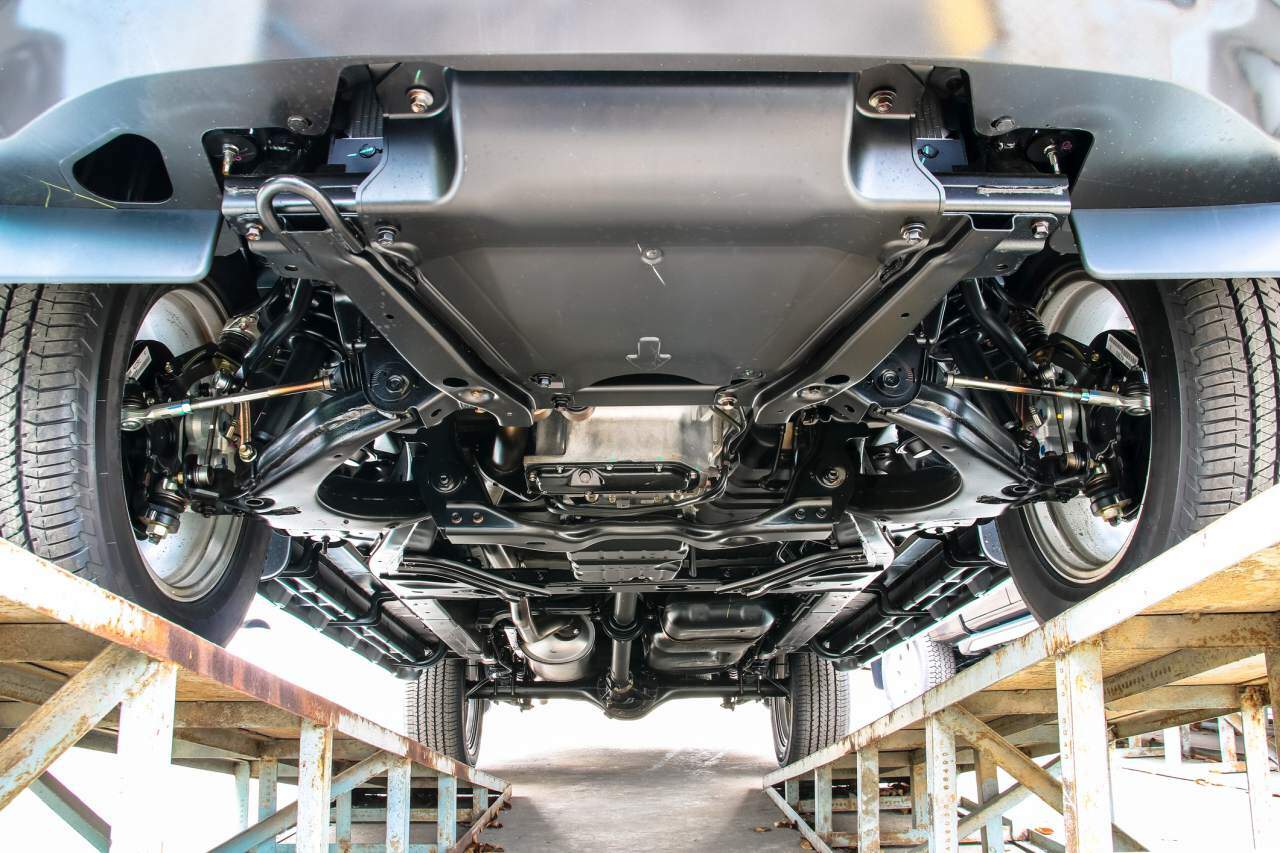
comments 0